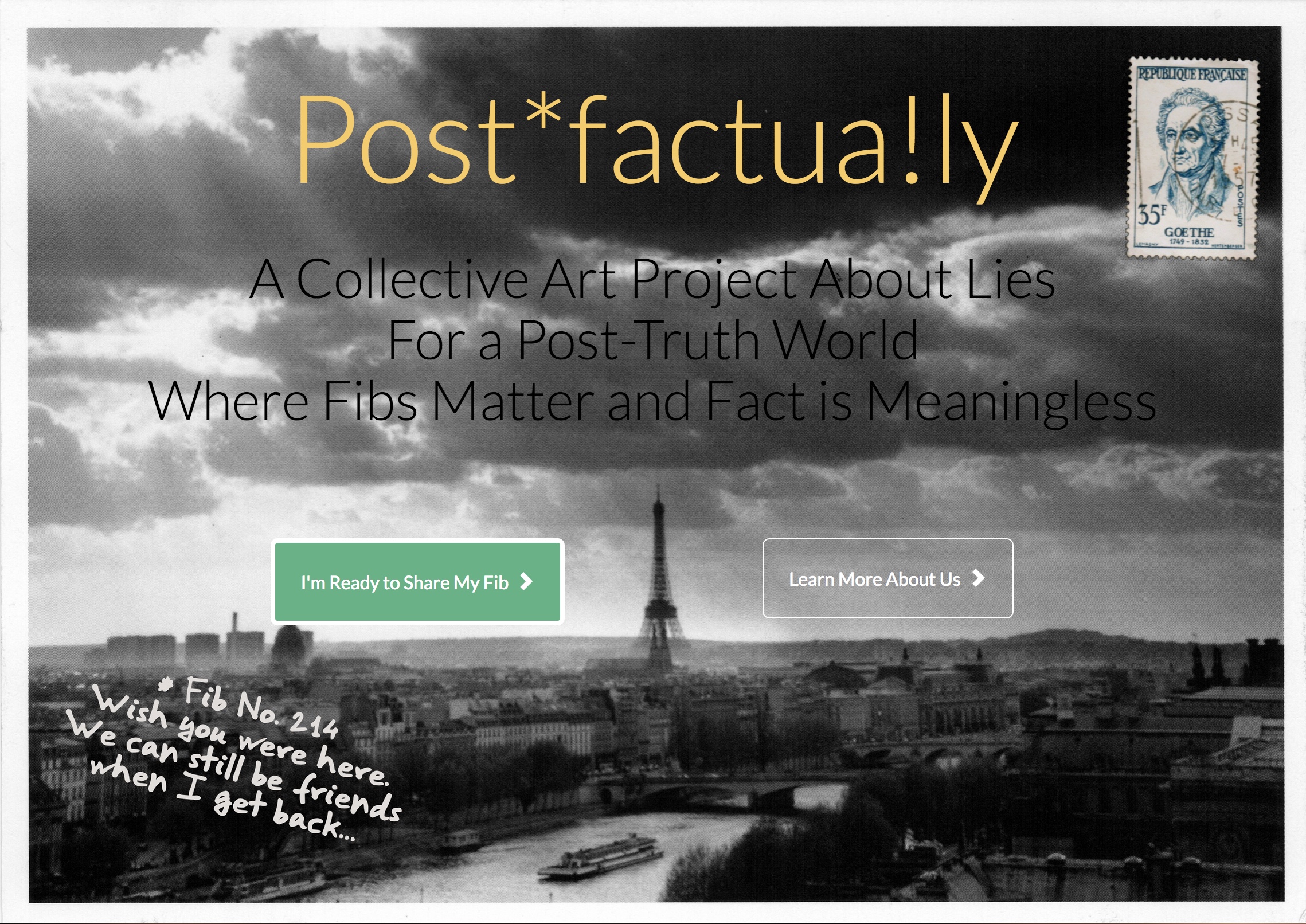 “There are three kinds of lies: lies, damned lies, and statistics”, goes the adage popularized by author Mark Twain.
“There are three kinds of lies: lies, damned lies, and statistics”, goes the adage popularized by author Mark Twain.
Most people take for granted that numbers can be persuasive — just take a look at your bank balance. Also, most accept the notion that data can be used, misused, misinterpreted, re-interpreted and distorted to support or counter almost any argument. Just listen to a politician quote polling numbers and then hear an opposing politician make a contrary argument using the very same statistics. Or, better still, familiarize yourself with pseudo-science of economics.
Authors Kenneth Cukier (data editor for The Economist) and Viktor Mayer-Schönberger (professor of Internet governance) examine this phenomenon in their book Big Data: A Revolution That Will Transform How We Live, Work, and Think. They eloquently present the example of Robert McNamara, U.S. defense secretary during the Vietnam war, who in(famously) used his detailed spreadsheets — including daily body count — to manage and measure progress. Following the end of the war, many U.S. generals later described this over-reliance on numbers as misguided dictatorship that led many to make ill-informed decisions — based solely on numbers — and to fudge their figures.
This classic example leads them to a timely and important caution: as the range and scale of big data becomes ever greater, and while it may offer us great benefits, it can and will be used to mislead.
From Technology review:
Big data is poised to transform society, from how we diagnose illness to how we educate children, even making it possible for a car to drive itself. Information is emerging as a new economic input, a vital resource. Companies, governments, and even individuals will be measuring and optimizing everything possible.
But there is a dark side. Big data erodes privacy. And when it is used to make predictions about what we are likely to do but haven’t yet done, it threatens freedom as well. Yet big data also exacerbates a very old problem: relying on the numbers when they are far more fallible than we think. Nothing underscores the consequences of data analysis gone awry more than the story of Robert McNamara.
McNamara was a numbers guy. Appointed the U.S. secretary of defense when tensions in Vietnam rose in the early 1960s, he insisted on getting data on everything he could. Only by applying statistical rigor, he believed, could decision makers understand a complex situation and make the right choices. The world in his view was a mass of unruly information that—if delineated, denoted, demarcated, and quantified—could be tamed by human hand and fall under human will. McNamara sought Truth, and that Truth could be found in data. Among the numbers that came back to him was the “body count.”
McNamara developed his love of numbers as a student at Harvard Business School and then as its youngest assistant professor at age 24. He applied this rigor during the Second World War as part of an elite Pentagon team called Statistical Control, which brought data-driven decision making to one of the world’s largest bureaucracies. Before this, the military was blind. It didn’t know, for instance, the type, quantity, or location of spare airplane parts. Data came to the rescue. Just making armament procurement more efficient saved $3.6 billion in 1943. Modern war demanded the efficient allocation of resources; the team’s work was a stunning success.
At war’s end, the members of this group offered their skills to corporate America. The Ford Motor Company was floundering, and a desperate Henry Ford II handed them the reins. Just as they knew nothing about the military when they helped win the war, so too were they clueless about making cars. Still, the so-called “Whiz Kids” turned the company around.
McNamara rose swiftly up the ranks, trotting out a data point for every situation. Harried factory managers produced the figures he demanded—whether they were correct or not. When an edict came down that all inventory from one car model must be used before a new model could begin production, exasperated line managers simply dumped excess parts into a nearby river. The joke at the factory was that a fellow could walk on water—atop rusted pieces of 1950 and 1951 cars.
McNamara epitomized the hyper-rational executive who relied on numbers rather than sentiments, and who could apply his quantitative skills to any industry he turned them to. In 1960 he was named president of Ford, a position he held for only a few weeks before being tapped to join President Kennedy’s cabinet as secretary of defense.
As the Vietnam conflict escalated and the United States sent more troops, it became clear that this was a war of wills, not of territory. America’s strategy was to pound the Viet Cong to the negotiation table. The way to measure progress, therefore, was by the number of enemy killed. The body count was published daily in the newspapers. To the war’s supporters it was proof of progress; to critics, evidence of its immorality. The body count was the data point that defined an era.
McNamara relied on the figures, fetishized them. With his perfectly combed-back hair and his flawlessly knotted tie, McNamara felt he could comprehend what was happening on the ground only by staring at a spreadsheet—at all those orderly rows and columns, calculations and charts, whose mastery seemed to bring him one standard deviation closer to God.
In 1977, two years after the last helicopter lifted off the rooftop of the U.S. embassy in Saigon, a retired Army general, Douglas Kinnard, published a landmark survey called The War Managers that revealed the quagmire of quantification. A mere 2 percent of America’s generals considered the body count a valid way to measure progress. “A fake—totally worthless,” wrote one general in his comments. “Often blatant lies,” wrote another. “They were grossly exaggerated by many units primarily because of the incredible interest shown by people like McNamara,” said a third.
Read the entire article after the jump.
Image: Robert McNamara at a cabinet meeting, 22 Nov 1967. Courtesy of Wikipedia / Public domain.



 “There are three kinds of lies: lies, damned lies, and statistics”, goes the adage popularized by author Mark Twain.
“There are three kinds of lies: lies, damned lies, and statistics”, goes the adage popularized by author Mark Twain.
 QTWTAIN is a Twitterspeak acronym for a Question To Which The Answer Is No.
QTWTAIN is a Twitterspeak acronym for a Question To Which The Answer Is No. Hint. The answer is not shameless self-promotion or exploitative voyeurism; images used in this way may scratch a personal itch, but rarely influence fundamental societal or political behavior. Importantly, photography has given us a rich, nuanced and lasting medium for artistic expression since cameras and film were first invented. However, the principal answer is lies in photography’s ability to tell truth about and to power.
Hint. The answer is not shameless self-promotion or exploitative voyeurism; images used in this way may scratch a personal itch, but rarely influence fundamental societal or political behavior. Importantly, photography has given us a rich, nuanced and lasting medium for artistic expression since cameras and film were first invented. However, the principal answer is lies in photography’s ability to tell truth about and to power.